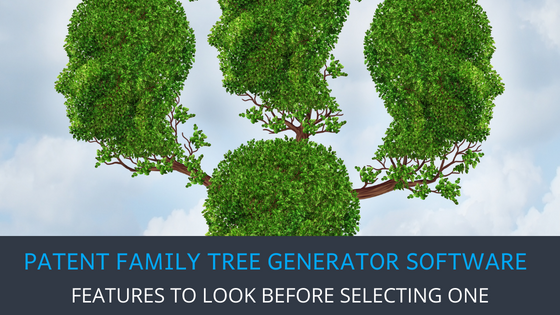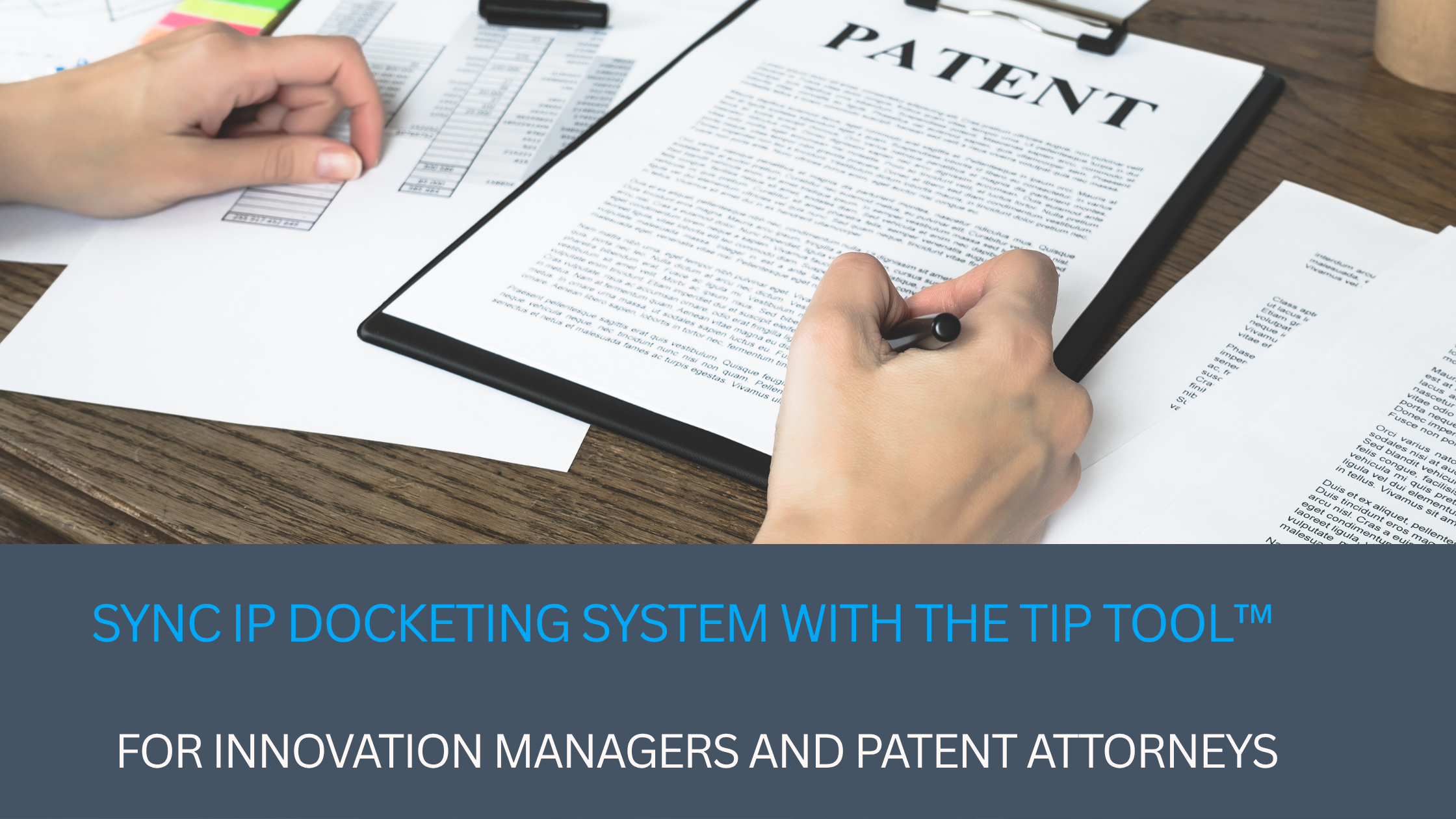A patent family tree can provide valuable information about your patent portfolio and competitors’ patents. But manually mapping out a patent family tree is labor-intensive and time-consuming.
There are some free patent family tree generators available out there, but not all are intuitively designed to give the full picture. The solutions available have different features and functions. As you search for a patent family tree generator software solution, some helpful features include:
- Ease of generating a patent family tree
- Traditional patent family tree visualization
- Gantt Chart style visualization
- Coverage for both simple and extended patent families
- Ability to quickly toggle between simple and extended patent family trees
- Ability to view the relationship between selected family members
- Markers for intuitive experience, for instance:
- Country Flags
- Type of Family Member
- Dates
- Handy links for additional information
- Ability to add family members
1. Ease of Generating a Patent Family Tree
To generate a complete patent family tree, one must draw from many data sources, including patent offices worldwide. However, there are patent family tree generators that can gather this information automatically and populate the family tree visualization accurately. All they need is a single patent application number as input from the user.
2. Traditional Patent Family Tree Visualization
The software solution should provide a traditional patent family tree visualization. This visualization will include arrows pointing from parents to the selected patent. It also includes arrows from the selected patent to children.
A traditional family tree clearly displays the relationships between the parents and children in the family tree. As a result, users can quickly and easily understand complex patent families with multiple parents and children. These family trees also display more distantly related parents, such as grandparents or siblings.
Ideally, each entry in the family tree falls on a timeline. The spatial position of the entries tells you the order in which the applications were filed and the gap between filing dates.
3. Gantt Chart Style Visualization
A Gantt chart instantly identifies the relationships between applications through multiple colored bars that each represent a separate application. Incorporating such visual tools is vital for developing effective patent filing strategies that consider timelines and overlaps. The position and length of the bars give a visual representation of:
- Priority date
- Filing date
- Pendency period
- Issue date
- Time overlap between applications
Colors distinguish the different phases of a patent application. The length of the bars shows when issued patents will expire and when pending applications will expire if issued.
Gantt charts provide a clean, uncluttered visualization because it only shows applications with direct priority claims and not indirect claims through other priority documents.
4. Coverage for both simple and extended patent families
Ideally, the patent family tree generator should have an intuitive user interface. Utilizing tools that interface seamlessly with the USPTO Patent Center can greatly enhance the management of patent information. The software should allow users to select a patent of interest and automatically pull information from related patent applications from the various patent office databases.
By pulling information directly from patent office databases, the software should gather all family members, including:
- Provisionals
- Continuations
- Continuations-in-part
- Divisionals
- Foreign and international priority applications
- National entry applications
This information can give you the fullest picture of simple as well as extended families.
5. Ability to Quickly Toggle Between Simple and Extended Patent Family Trees
The information you need in a patent family tree will vary depending on its use. Sometimes, you only need to understand the parents and children of a selected patent. Other times, you need a full picture of all related applications, including grandparents, grandchildren, and siblings (including members in non-US jurisdictions). The patent tree generator software should allow users to toggle between these two views without regenerating the entire family tree each time.
6. Ability to View Relationship Between Selected Family Members in a Complex Patent Family Tree
With many potential types of relationships, patent family trees can get complicated. Family members can be related as continuations, continuations-in-part, divisionals, provisionals, and foreign and international priority documents.
A patent family tree generator should give you the ability to quickly identify the relationships between selected family members. This could happen through popup windows, hover-over boxes, or other informational displays.
7. Markers for Intuitive Experience
The idea behind a patent family tree visualization is that users should be able to grasp complex information quickly. A glance at a box should tell users most of what they need to know without needing to click on each box or, worse yet, leave the patent family tree visualization to view a different information screen.
Some markers that could give instant information include:
Country Flags
Country flags can show users instantly which national or regional patent office handled the application or issued the patent. These markers will provide this information visually without needing to click on the box representing the application.
Type of Family Member
Abbreviations or colors can help viewers quickly identify the type of family member according to the type of application or relationship to the subject application. For example, PRO could identify provisional applications, and CON could identify continuation applications.
Dates
Markers can show users the relevant dates associated with a patent, including the filing date, issue date, and expiration date. This information can be presented as text or based on the position of the patent on a timeline.
8. Links for Additional Information
Hyperlinks in the patent family tree visualization should take users to an information screen about the family member. Ideally, this information should come directly from the patent office handling the application or patent. This allows users to get all the information necessary to investigate the application directly from the family tree visualization. Preferably, users should also be able to access the full text of the subject application or patent through a link in the patent family tree software.
9. Ability to Add Family Members
Some software solutions that automatically populate a patent family tree might miss out on a couple of applications as it only uses information from patent office databases. Newly filed applications might not show up immediately. For example, some patent offices only update their public databases on a weekly basis.
The patent family tree generator software should allow users to manually add family members to keep their patent family tree up to date. It could draw information from their patent portfolio management system so that the family tree always matches the user’s docket.
Picking Patent Tree Generator Software
One of the most important features of a patent family tree generator is the ability to try the software for free before you commit to using it. This will allow you to plot your patent portfolio on a family tree to get a clear picture of what you have and what you can do with it.



